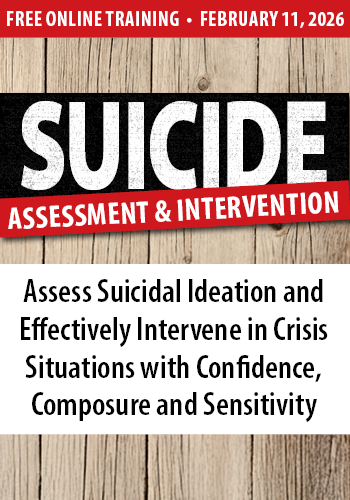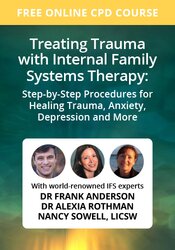Enrol in an online course today for flexible, self-paced learning—no fixed schedule required. Plus, enjoy lifetime access to course materials for convenient revisiting.
Body Image Issues 3/5: Sense of Self

In the previous blog of this series, we considered how shame can play into food and body image struggles. Today I want to think about how such shame, alongside other aspects, can inform one’s sense of self within experiences like eating disorders and body dysmorphic disorder (BDD).
Eating disorders and BDD as attempts to fix a shameful sense of self
Early insecure or disorganised attachment experiences, including repeated experiences of shame that are not repaired within the natural ‘rupture and repair’ cycle, can result in protective parts of the self stepping forward to defend the vulnerable aspects of the self.
In essence, pervasive experiences of mis-attunement and shame in infancy can leave a person with a sense of badness: a feeling that they are unlovable; detestable even. Remaining in this feeling of one’s own badness without any hope of changing or ‘fixing’ it – without any hope of ever being lovable – is too painful to bear. Therefore, a protective aspect of the self takes charge.
The plan?
- To pin / project the felt sense of badness onto the physical body or a part of the physical body
- To then fix or amend the body or body part to attempt to rid it of its badness and, thus, to become lovable
To render this plan feasible, the self must become highly fragmented. Foremost, the body must be divorced from the mind. Consequentially, the mind becomes the medium through which control is exerted on the body.
Secondly, vulnerable parts of the self must be split off and packed away. Meanwhile, the protective parts take charge with various safety behaviours like restricting the diet, seeking out dermatology and cosmetic surgery, and so on.
Thirdly, the true self of the person – the deepest desires, hopes and beliefs of their heart – must be banished to the shadows while a razor-sharp focus is given over to amending or ‘fixing’ the physical body in some way.
The experience of a fragmented self
The Germans have an eloquent word to describe the experience of fragmentation I am talking about here: Zerrissenheit, meaning ‘torn to pieces-hood’. Importantly, while protective aspects of the self are working relentlessly on various appearance-focused projects, an uncomfortable sense of inauthenticity takes hold.
People struggling with experiences like eating disorders and BDD are not vain or narcissistic in any way. On the contrary, they are simply striving to do something, anything, to feel worthy enough to be loved. Yet, they find themselves living in a reality wherein they are completely absorbed in how they look and how they are perceived by others. What, after all, is the alternative? To accept that one is shameful and unlovable without taking action and, thus, committing to a life of hopelessness and despair?
I find artwork like mosaicking and patchworking particularly helpful when working with a client’s fragmented sense of self, eliciting opportunities for discussion and somatising in relation to aspects of the self coming together to create a cohesive and integrated whole.
Working with clients to restore the sense of their true self
I believe our work with these clients to be based upon eliciting a felt sense of self that is lovable, safe and whole. Firstly, the protective parts are supported to relax, and then to exert their energy in other ways. For example, rather than driving the client to lose weight as a protective measure, these parts can learn how to:
- Assert clear, safe boundaries
- Be discriminating about others’ opinions
- Trust that the vulnerable aspects, too, have an important task to accomplish
As a result, the vulnerable aspects of the self are given the space to share and feel into their sense of terror and unsafety; and empowered to use their innate gentleness and tenacious energy in new and life-affirming ways.
People who come to us struggling with food and body image issues are typically drowning in a felt sense of their perceived badness. They will language this is in different ways, perhaps telling us that they ‘never feel good enough’, that they ‘just want to be a worthy human being’ or that if they could only ‘make themselves become lovable’ everything would be okay.
This false sense of self, in my opinion, should remain in the forefront of our work with these clients, comprising the pivot around which all other aspects of our explorations and approaches constellate. In short, the transformation and healing ultimately come from the emancipation and embrace of the true self.
In the next blog of this series we will consider how the sensory system and, in particular, a client’s sensory profile, can inform the experience of self and be helpfully considered in the therapeutic space.

















